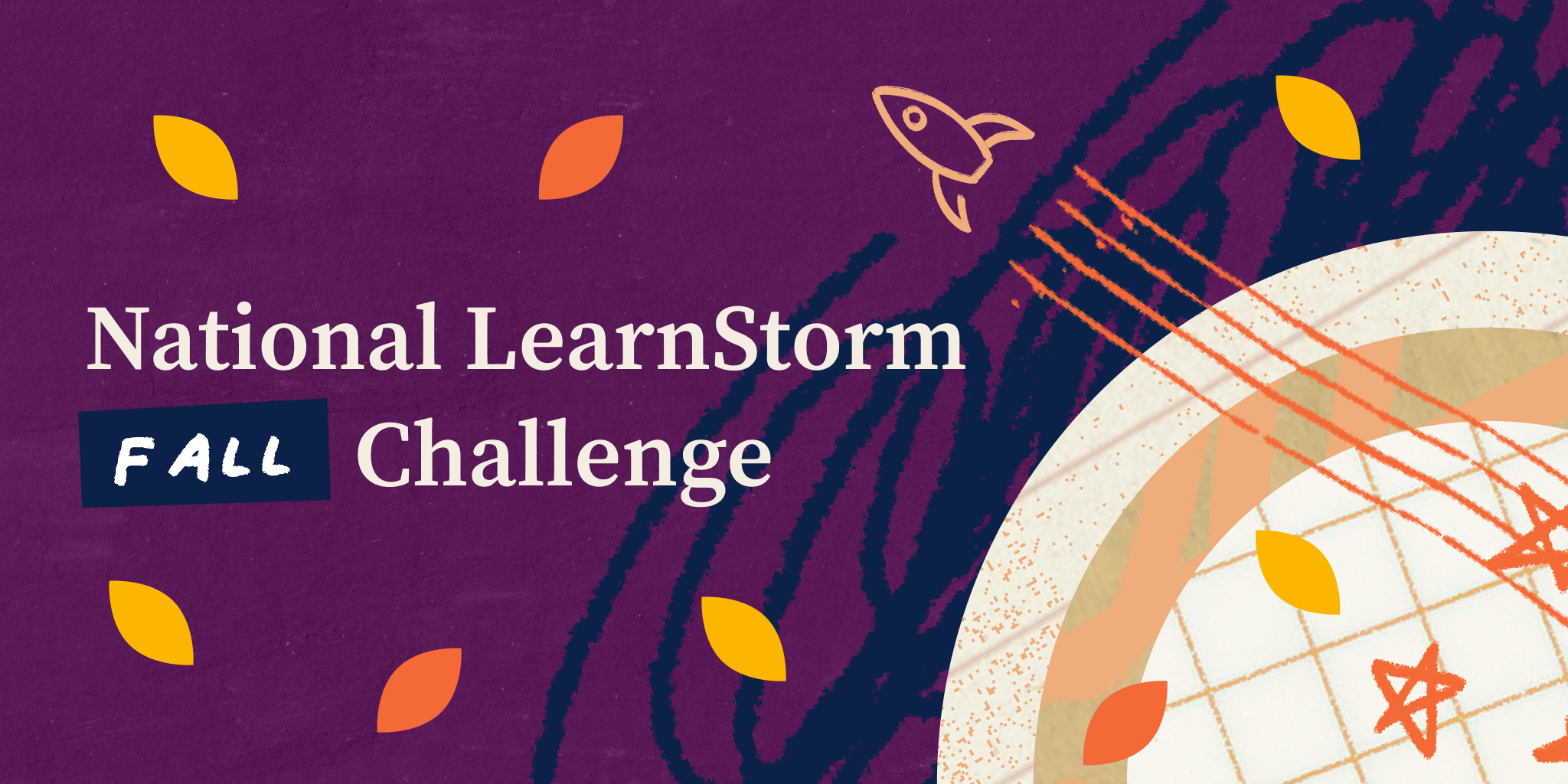
By Aviv Weiss, Khan Academy Districts
For many students, the SAT isn’t just a test—it’s a gateway to college, scholarships, and a better future. Yet across the country, districts are still grappling with how to deliver effective, equitable SAT preparation at scale. As stakes remain high and the test evolves, one thing is clear: the right district-wide strategy can make all the difference.
At Khan Academy, we’ve partnered with over 450 districts to deliver official, data-driven SAT prep programs—and we’ve seen what works and what doesn’t. Here are the five most common mistakes we’ve observed in SAT prep, along with concrete ways your district can avoid them.
1. Leaving prep to chance
One of the biggest pitfalls? Assuming that SAT prep is happening without putting systems in place to ensure it.
Too often, SAT prep is left to individual teachers, guidance counselors, or after-school volunteers. The result: inconsistent implementation and uneven access. Some students get support. Others don’t. And districts miss out on the data needed to understand readiness across schools.
Avoid it: Implement a district-wide SAT prep program that offers unified resources, schedules, and support. This guide outlines a proven framework for success.
2. Underestimating the role of equity
When SAT prep resources vary between schools—or even classrooms—opportunity gaps grow. Students from communities that are historically underresourced are often the least likely to access high-quality prep, despite being the ones who may benefit most.
Avoid it: Focus on equitable SAT prep strategies that reach every learner. That means using inclusive content, multilingual access, and flexible delivery models. Learn how Khan Academy helps districts level the playing field.
3. Overlooking the power of AI
Artificial intelligence isn’t just the latest buzzword—it’s a game-changer for test prep. But many districts haven’t yet tapped into tools that offer personalized tutoring at scale, especially in resource-strapped environments.
Avoid it: Explore how Khanmigo AI supports students one-on-one, scaffolding learning and helping them persist through challenges. This explainer on AI-powered SAT prep shows how districts are putting AI to work without sacrificing oversight or pedagogy.
4. Skipping teacher support
Even the best tools fall flat without educator buy-in. Teachers need training not only on SAT content but also on how to integrate prep into their daily instruction.
Avoid it: Offer professional development that’s tailored to the SAT. Khan Academy Districts provides PD sessions to help teachers understand the digital SAT, adapt classroom strategies, and use AI in meaningful ways. See how teachers are leading effective SAT prep.
5. Starting too late
The SAT isn’t something students can cram for over a weekend. Yet many districts begin prep only a few weeks before test day—limiting impact and stressing out students.
Avoid it: Use a four-month SAT prep timeline that includes diagnostic testing, targeted practice, and final simulation exams. This guide breaks down the ideal SAT prep schedule for districts.
Your district can lead the way
Mistakes in SAT prep are common—but they’re also avoidable. With the right strategy, your district can provide every student with the tools, time, and support they need to succeed.
Khan Academy is the only official SAT practice partner of the College Board, and our district program offers
- proven score improvements,
- AI-powered student support with Khanmigo,
- professional learning for educators, and
- real-time data dashboards for administrators.
👉 Explore how a district-wide SAT prep strategy works.
👉 Schedule a strategy session to bring it to your schools.




